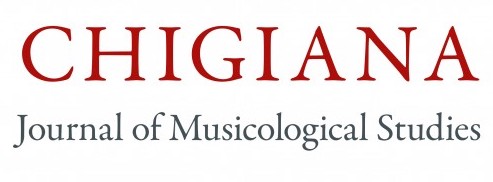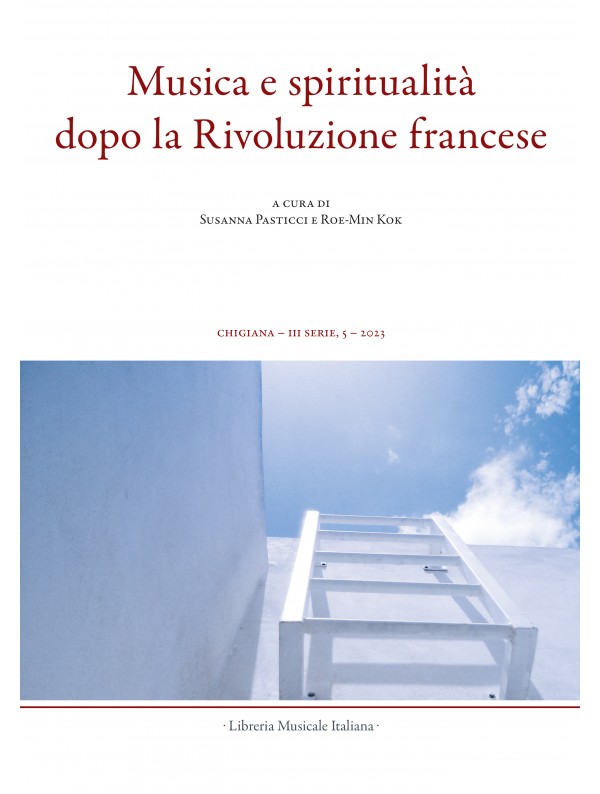L’ idea civile della morte negli anni della Rivoluzione francese: la Marche lugubre di François-Joseph Gossec
Abstract
The deaths of major figures of the French Revolution were not seen simply as moments of passing but marked the complete assimilation of their spirit into the collective consciousness of the people and the nation. They were understood as abstract entities, through their spiritual dimensions, effectively replacing traditional religious functions. The process of secularisation during the century of the Enlightenment had a significant impact on the custom of accompanying death with requiems, leading to a decrease in their production and, in some cases, changing the role of the funeral mass. The association of the funeral march with ceremonies honouring key figures of the French Revolution reflects this change and signals the shift of institutional reference from the Church to the nation. This placed the relationship with religion in a new context — a civic religion practised in the urban spaces of the city and revered as a source of moral strength. Analysing this phenomenon through the lens of François-Joseph Gossec’s Marche lugubre (which accompanied Mirabeau’s funerals in 1790, and the transfer of Voltaire’s remains to the Panthéon in 1791) reveals the multiple consequences of the secularisation of the funeral rite for the new civic understanding of death. It also allows us to assess the role of the funeral march in this process, characterised by the use of instruments with powerful acoustic effects such as brass and tam-tam.





